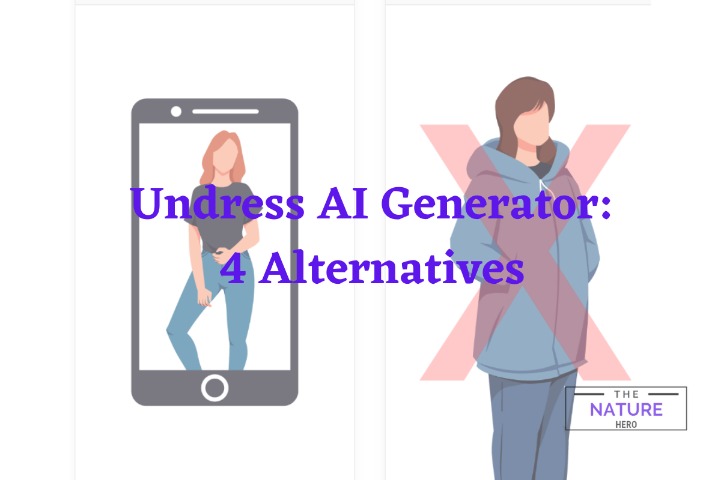In the rapidly advancing world of artificial intelligence, Undress AI has become a topic of both intrigue and controversy. This technology leverages advanced visual recognition algorithms to superimpose realistic images onto photographs, making it appear as though the subjects are undressed. While the ethical implications are hotly debated, the technological advancements driving Undress AI are undeniably impressive.
How Undress AI Works
Undress AI employs sophisticated machine learning models, often trained on vast datasets. These models analyze various features such as skin tone, body shape, and context to generate realistic images. The algorithm works by filling in hypothetical details in regions that would otherwise be clothed, creating a seamless and highly realistic output.
Data Collection and Training
The first step in creating Undress AI involves collecting an extensive dataset of images. These images are then annotated to help the machine learning algorithm recognize and learn from different body types, poses, and angles. The more data the algorithm has, the more accurate it becomes.
Training these algorithms requires significant computing power and time. Each iteration helps the AI system become more adept at recognizing intricate details, thereby generating increasingly accurate results.
Algorithm Refinement
Read more about undress ai here.
Once initial training is complete, developers focus on refining the algorithm. This involves a continuous cycle of testing and adjustments to improve accuracy. Techniques such as adversarial testing, where the AI’s output is pitted against predefined criteria, are often employed to enhance the overall quality of the generated images.
Ethical Considerations
The deployment of Undress AI raises serious ethical questions. The potential for misuse, such as creating non-consensual explicit content, is a significant concern. Organizations and developers are urged to consider the ethical ramifications and implement stringent safeguards to prevent misuse.
Potential Misuse
One of the main ethical dilemmas surrounding Undress AI is its potential to be used for malicious purposes. Without adequate oversight, the technology could be employed to create compromising images of individuals without their consent, leading to severe psychological and reputational harm.
Regulatory Measures
There is a growing call for regulatory frameworks to govern the use of such technologies. These frameworks aim to ensure that Undress AI is used ethically and responsibly. Legal actions are being considered in various jurisdictions to curb misuse and provide victims with avenues for redress.
Applications and Innovations
Despite ethical concerns, innovations around Undress AI continue to emerge. In controlled and consensual environments, this technology has applications in areas such as medical imaging, virtual reality, and fashion design. For instance, it can be used to help visualize skin conditions without invasive procedures or create realistic virtual models for clothing design.
Medical Imaging
In the medical field, Undress AI can assist healthcare professionals by providing enhanced visualizations of the human body. This can lead to more accurate diagnoses and better patient outcomes.
Virtual Reality and Gaming
The gaming and VR industries can also benefit from Undress AI. By creating more realistic and immersive environments, these technologies can offer users unparalleled experiences.
Conclusion
The journey of Undress AI from a novel concept to a realistic application demonstrates the incredible potential and risks associated with emerging technologies. As advancements continue, the balance between innovation and ethical responsibility will be crucial in shaping the future of visual recognition technologies.






